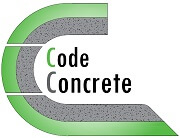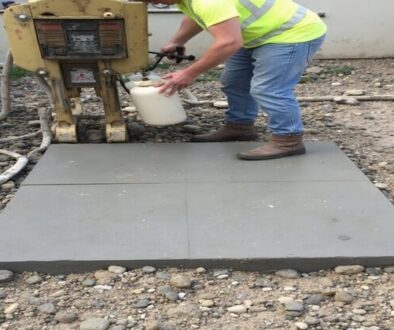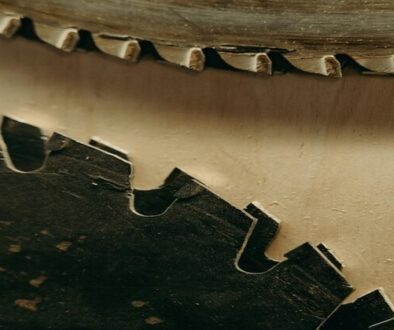Epoxy Flooring, Coating, and Sealing: The Ultimate Guide

Last updated on July 20th, 2025
Epoxy flooring blends industrial-strength performance with modern style, making it a top choice for both homes and businesses. As demands for long-lasting, beautiful surfaces grow, epoxy floors are getting more attention for their hardwearing nature, design options, and effortless upkeep. In this guide, you’ll learn why epoxy systems stand out, compare different types, follow the step-by-step installation process, review maintenance tips, and discover the latest advances reshaping this field.
What Is Epoxy Flooring? Benefits, Types, and Key Features

Epoxy flooring is a surface system made by mixing resin with a hardening chemical. When these two parts combine, they create a rigid plastic material that sticks tightly to concrete floors. Epoxy works as both a sealant and a decorative layer, filling pores and creating a smooth, glossy finish.
These floors don’t just look good—they take heavy use in stride. Epoxy systems are popular in garages, basements, kitchens, hospitals, warehouses, and offices where durability is non-negotiable. The chemical bond between epoxy and concrete forms a shield that fights off stains, impact, and chemical spills.
You’ll see three main types:
- Solvent-based epoxy: Uses solvents to help adhesion and penetration.
- Water-based epoxy: Easier to apply, lower odor.
- 100% solids epoxy: No solvents, the hardest and most durable option.
Each type brings unique strengths and trade-offs, which we’ll explore below.
Major Advantages of Epoxy Flooring
Epoxy floors check off both style and substance. Here’s why so many property owners are choosing this solution:
- Stain resistance: Epoxy repels oil, chemicals, and other messes, making cleanup painless.
- Impact resistance: It absorbs knocks from tools, equipment, and foot traffic without chipping.
- Ease of cleaning: Nonporous surfaces mean dirt and grime can’t settle in.
- Design flexibility: Choose from colors, patterns, and even metallic or flake finishes.
- Longevity: Properly installed epoxy lasts years, holding strong where paint would peel.
Types of Epoxy Coatings Explained
- Solvent-Based Epoxy: Penetrates well and cures even when there’s some surface moisture. Gives off strong fumes and must be used with proper ventilation. Often seen in industrial or outdoor settings.
- Water-Based Epoxy: Easier to use, lower odor, and quick drying. It may not be as tough as 100% solids but is ideal for homes and light commercial use.
- 100% Solids Epoxy: Delivers the most durable, thick coating. No lingering odors or emission of volatile compounds. Best for garages, warehouses, and spaces with heavy traffic. Tends to be more expensive but offers unmatched protection.
Installation Process: Preparation, Application, and Curing
Surface Preparation: The Key to Epoxy Success
Quality begins with surface preparation. Even the best epoxy fails if the foundation isn’t ready. Here are the essentials:
- Deep cleaning: Remove grease, oil, previous coatings, and any debris.
- Concrete repairs: Patch cracks and holes for a smooth, even base.
- Etching: Use a mechanical grinder or mild acid to give concrete “tooth” for optimal epoxy bonding.
- Moisture testing: Epoxy doesn’t like damp. Make sure the floor is completely dry to prevent bubbling or peeling.
Application Techniques & Topcoat Options
- Mixing: Combine the resin and hardener according to the manufacturer’s directions. Mix thoroughly—unmixed epoxy leads to soft spots or uneven color.
- Application: Use a roller or squeegee for even spreading. Work quickly, as epoxy begins to set once mixed.
- Multiple coats: Add more layers if you want extra depth or thickness. Wait for each coat to dry before adding another.
- Topcoat: Seal everything with a clear or tinted top layer for added scratch resistance and a glossy finish. Some topcoats add non-slip texture or extra UV protection.
Tip: Keep windows open or use fans for ventilation if applying indoors.
Curing Times and Common Installation Mistakes
Epoxy needs time to harden. Most products need at least 24 hours for light foot traffic and up to 72 hours for full cure. Temperature and humidity can slow down or speed up curing, so always check the forecast before starting.
Watch out for these common mistakes:
- Not cleaning well enough—leftover oil or dust ruins adhesion.
- Skipping moisture checks—trapped water leads to bubbles.
- Poor mixing—use a drill mixer and follow the instructions.
- Rushing curing times—don’t walk or drive on your floor too soon.
Maintenance, Longevity, and New Advances in Epoxy Flooring

With proper care, epoxy floors can last 10-20 years or more. However, new options are emerging that push performance even further.
Everyday Maintenance for Epoxy Flooring
- Sweep or vacuum: Remove sand and debris regularly.
- Mop with mild cleaners: Avoid harsh chemicals that might dull the finish.
- Clean spills quickly: Oil or chemical spills should not sit for long.
- Soft pads for heavy furniture: Prevent scratches by padding chair and table legs.
Longevity Factors and Protection Tips
Keep that showroom shine by considering:
- UV exposure: Some epoxies can yellow if exposed to direct sunlight for long periods. Use UV-stable topcoats for outdoor or window-heavy spaces.
- Floor mats: Place mats or rugs at entrances and high-traffic zones.
- Chemical control: Quickly clean up acids, oils, or solvents to prevent breakdown.
- Routine checks: Inspect for chips or cracks and touch up as needed.
Innovative Coating Solutions: Polyaspartic and Hybrid Systems
Epoxy isn’t standing still. The latest innovations in epoxy flooring include coatings like polyaspartic and hybrid polyurea. These feature:
- Faster curing: Return to service in hours, not days.
- Wider temperature range: Install when it’s hot or cold, unlike traditional epoxy.
- Even higher chemical resistance: Great for industrial or shop spaces.
- More eco-friendly choices: Solvent-free and low-VOC options improve indoor air quality.
Conclusion
Epoxy flooring, coating, and sealing give property owners powerful tools to protect and upgrade their floors. From garages to medical clinics, these systems combine durability, easy care, and design freedom, all with straightforward installation and maintenance. As new formulas like polyaspartic gain ground, the options now cover nearly every demand and budget.
Think about what’s most important for your space—looks, strength, speed of install, or chemical resistance. With so many choices and innovations, there’s an epoxy or advanced coating out there to match your needs.




